Pancreatic cancer is considered one of the deadliest cancers that shows resistance to chemotherapy. The prognosis is usually poor given that symptoms don’t usually show until it has become metastatic to nearby organs like the liver, gallbladder, and intestine. Some of your fellow sonographers and/or radiologist may reference this cancer type as the “silent killer”. Pancreatic cancer can be seen with ultrasound as a well circumscribed mass, lobulated mass, or potentially be missed because it is to subtle to notice. Changing the chroma scale (color of your screen) can sometimes help you define subtle suspect areas associated with the pancreas or other organs.
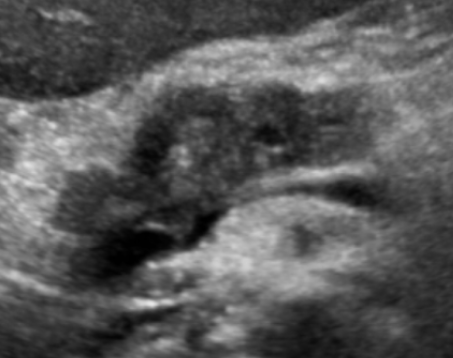
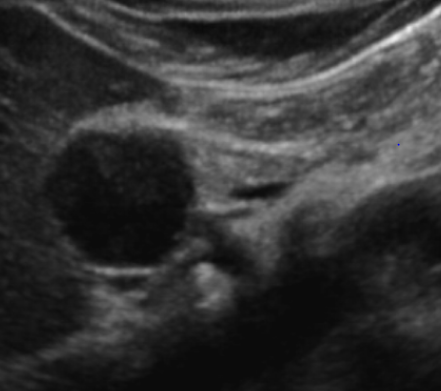
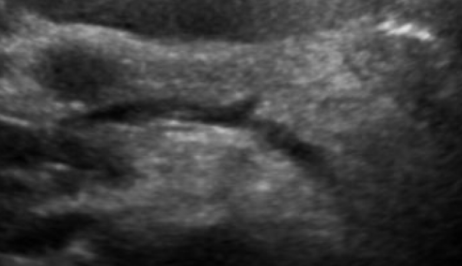
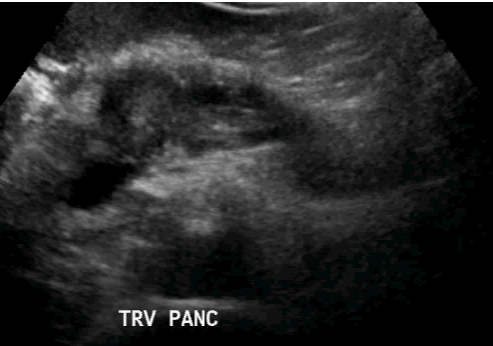
TIP: I usually change my chroma scale for all masses to get there true shape and for evaluating the endometrium.
TIP: It may be beneficial to roll the patient on their left side to displace overlying gas. Also applying slight pressure when scanning can help displace obscuring bowel.
Pancreatic cancer located in the head of the pancreas can cause compression of the bile duct which could lead to extrahepatic and intrahepatic dilatation.
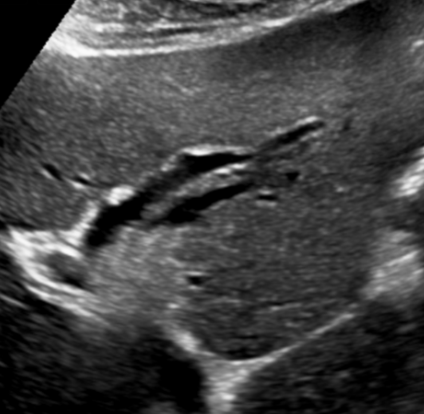
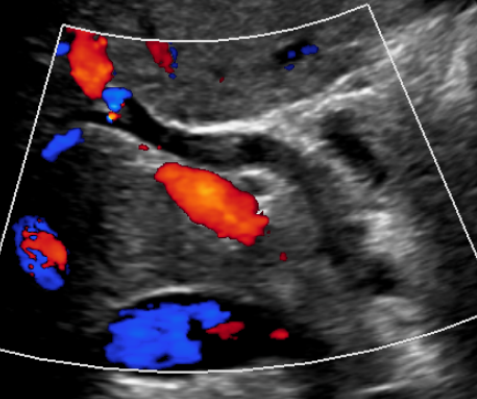
Carefully evaluating and including statements in your preliminary report about the pancreas, bile ducts, liver and gallbladder when a pancreatic mass has been discovered is essential. The image below gives a good image of how these are associated with each other.
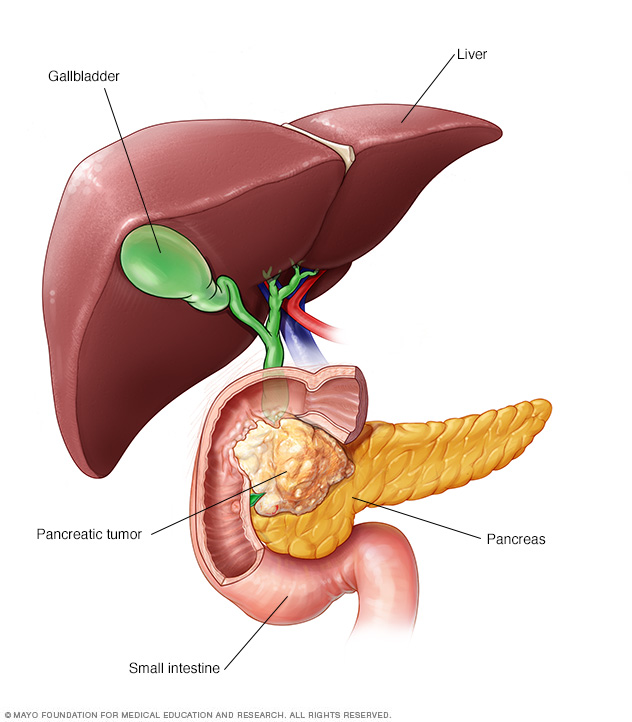
Yonella
“Think beyond the waves”
